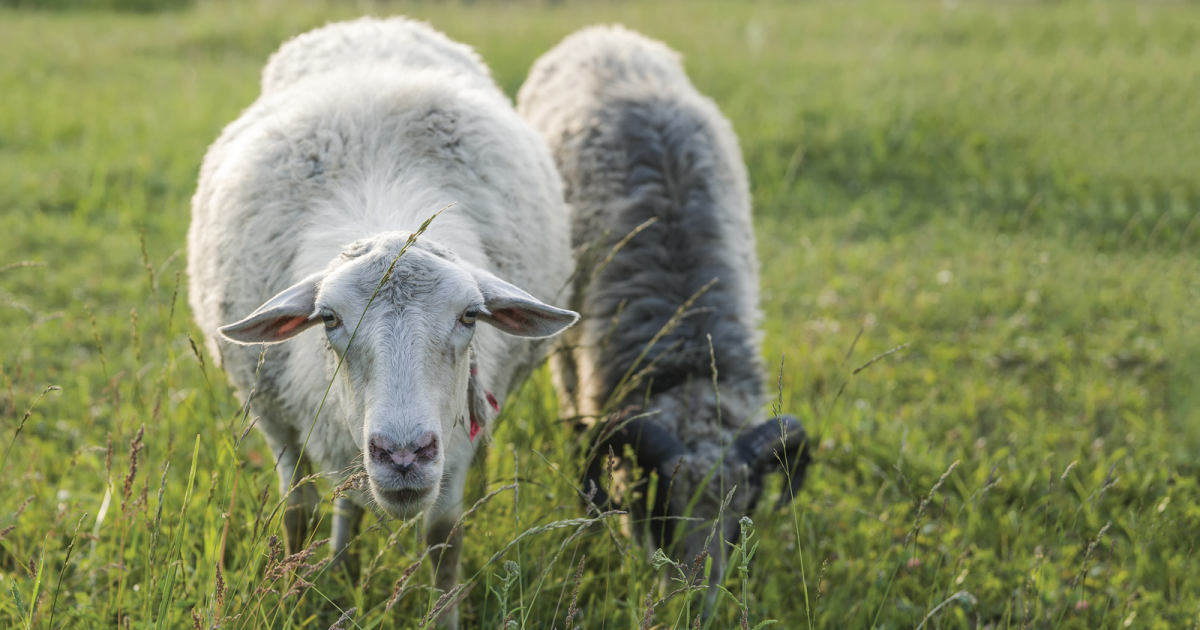
Regenerative Farming Practices for Fiber Farms
Fiber farmers stand at a unique juncture of agriculture on the one hand and the world of textiles and clothing on the other.
October 1, 2018 | Source: Carolina Farm Stewardship Association | by Mari Stuart
Fiber farmers stand at a unique juncture of agriculture on the one hand and the world of textiles and clothing on the other.
If you are a fiber farmer, you’re already doing important work to promote a more sustainable textile industry. Whether your operation involves sheep, alpaca, goats, llama, or rabbits, you are growing and helping to promote natural fibers as opposed to synthetic fibers, which are fossil-fuel based and take hundreds of years to biodegrade. Depending on where your fiber goes, you can also contribute to more ethical, local, and domestic alternatives to fast fashion.
But fiber producers can also become leaders in helping to shift agriculture’s climate impact, while at the same time adding to their farm’s differentiation and story, and therefore the market value of their product.
Regenerative agriculture
Regenerative agriculture, sometimes called “carbon farming,” is to a toolkit of farming and grazing practices that rebuild soil organic matter and increase soil biodiversity. In the process, they improve the rate at which the soil can draw down and store carbon from the atmosphere.
